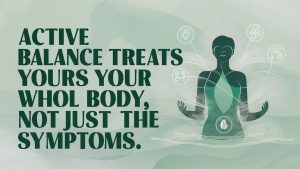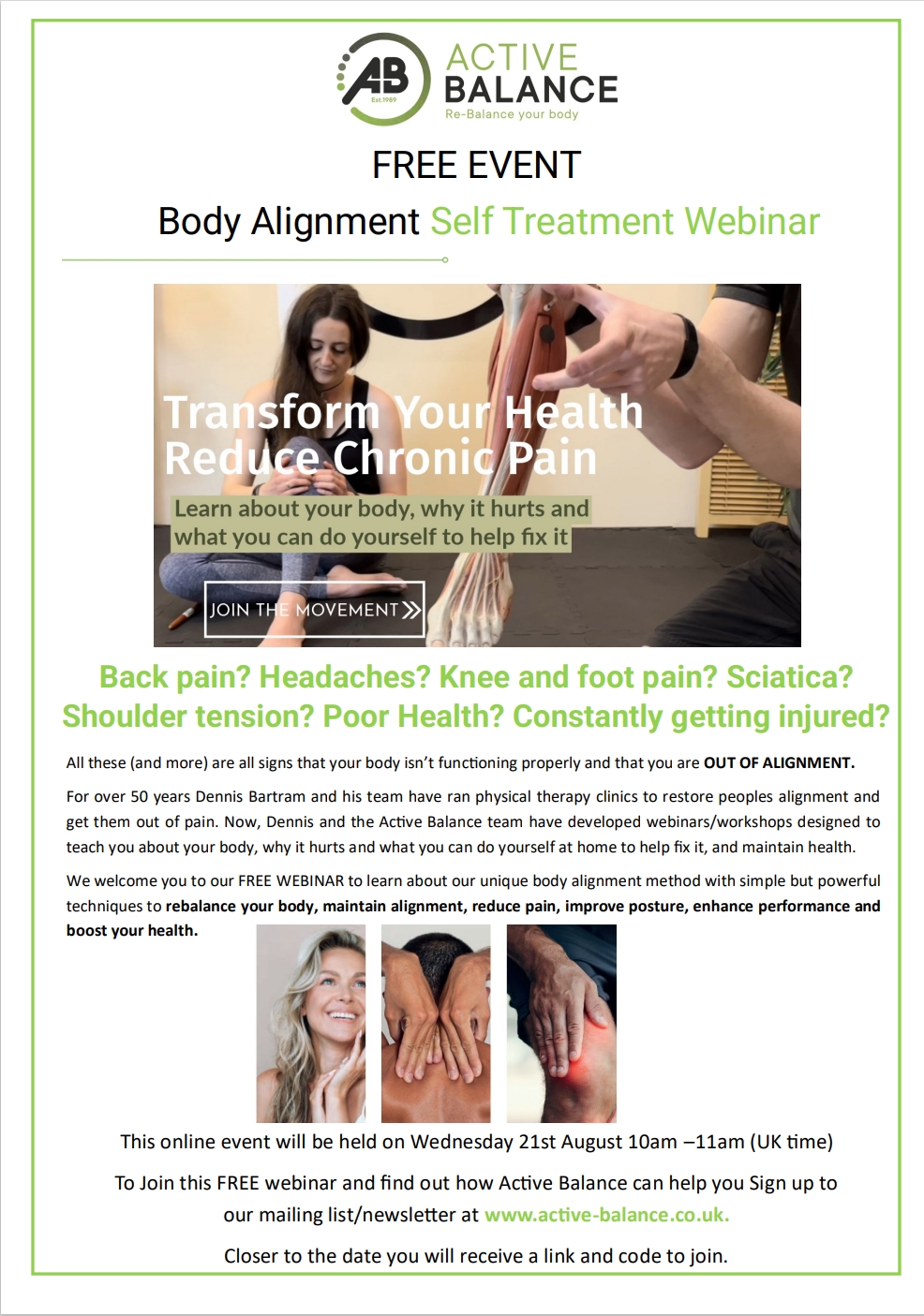 New Active Balance Program As a small business owner or marketing professional, you know the importance of quickly grabbing your audience’s attention. A compelling hook is your ticket to making a memorable first impression that captivates and intrigues your readers. In this comprehensive guide, we’ll dive into the art of crafting hooks that compel your audience to read on, solve their problems, and provide actionable tips that enhance your content marketing strategy.
New Active Balance Program As a small business owner or marketing professional, you know the importance of quickly grabbing your audience’s attention. A compelling hook is your ticket to making a memorable first impression that captivates and intrigues your readers. In this comprehensive guide, we’ll dive into the art of crafting hooks that compel your audience to read on, solve their problems, and provide actionable tips that enhance your content marketing strategy.
Why Should Your Audience Bother Reading?
The first step in creating a compelling hook is addressing why your audience should care. Your readers are busy people with limited time, so your hook needs to immediately communicate the value they’ll gain. New Active Balance Program Consider small business owners and marketing professionals’ specific needs and challenges and craft your hook around those pain points.
How Can the Hook Help Solve Their Problem?
Once you’ve captured their attention, the next step is to keep it by addressing a problem they face. Your New Active Balance Program hook should promise a solution or insight to help your audience overcome a challenge. This not only engages them but also builds trust and credibility.
What Will They Learn?
Clearly outline what your readers will learn by continuing to read. This will set expectations and provide a roadmap for your content’s value. Be specific and highlight the actionable tips and insights they’ll gain.
Actionable Tips for Crafting Effective Hooks
Follow these steps to create hooks that resonate with your target audience:
Poke at Pain Points
Identify common challenges small business owners and marketing professionals face and address them in your hook. For instance, “Struggling to increase your online visibility? Discover the top 5 SEO strategies for small businesses.”
Add Credibility via Quantifiable Proof
Use data and research to back up your claims. For example, “Studies show that businesses that implement these three marketing tactics see a 20% increase in leads.”
Get Specific with Outcomes
Clearly state the benefits your readers will gain. For example, “Learn how to double your email open rates with these simple tweaks.”
Leave a Cliffhanger
Entice your readers to continue by leaving them wanting more. For example, “You’ll be surprised by the final tip that can revolutionize your marketing strategy.”
Case Study: Successful Hook Implementation
Let’s look at a real-world example. A marketing agency noticed low blog engagement. They revised their hooks to address specific pain points, such as “Tired of low engagement rates? Discover how our client increased theirs by 50% in just one month.” By incorporating data and promising actionable insights, they saw a significant increase in reader engagement.
Data and Research Support
According to a study by the Content Marketing Institute, 70% of marketers report that content with compelling hooks performs significantly better. This highlights the importance of investing time in crafting your hooks.
Step-by-Step Process for Crafting Hooks
1. Identify your audience’s pain points. 2. Promise a solution or insight. 3. Use data and research to add credibility. 4. Clearly state the benefits. 5. Leave a cliffhanger to entice further reading.
By following these steps, you’ll be well on your way to creating hooks that captivate and engage your target audience. Remember, a compelling hook is the key to drawing readers in and keeping them engaged with your content.
Alleviating and Preventing Common Types of Body Pain in the Workplace
Prolonged sitting and poor ergonomics can lead to various body pain, affecting productivity and overall well-being. This in-depth guide will help small business owners and office workers identify common pain points, understand the impact of poor posture, and implement strategies to alleviate and prevent body pain.
Identifying Common Pain Points
Common areas affected by prolonged sitting and poor ergonomics include:
Back: Lower and upper back pain are frequent complaints. Neck: Stiffness and soreness in the neck. Shoulders: Tension and discomfort. Wrists: Pain and tingling, often due to repetitive strain.
Understanding the Impact of Poor Posture and Ergonomics
Poor posture and ergonomics can lead to musculoskeletal disorders, decreased productivity, and long-term health issues. Recognizing the early warning signs, such as discomfort and stiffness, is crucial for preventing more severe problems.
Improving Office Ergonomics
Here are some actionable tips to enhance your office ergonomics:
Chair: Use an adjustable chair that supports your lower back. Desk: Ensure your desk is at a comfortable height. Monitor: Position your monitor at eye level to avoid neck strain. Keyboard and Mouse: Keep them within easy reach to reduce strain on your wrists.
Incorporating Regular Movement and Stretches
To counteract the effects of prolonged sitting, incorporate these strategies:
Take Breaks: Stand up and move around every 30 minutes. Stretches: Perform stretches to relieve tension and improve flexibility. Exercises: Engage in exercises that strengthen your core and back muscles.
Supportive Tools and Equipment
Using supportive tools can make a significant difference:
Ergonomic Chair: Invest in a high-quality ergonomic chair. Standing Desk: Consider a standing desk to alternate between sitting and standing. Keyboard and Mouse Pads: Use pads that support your wrists.
Specific Exercises and Stretches
Here are some exercises and stretches with detailed instructions:
Neck Stretch: 


Case Studies and Testimonials
Case Study: An office worker experienced chronic back pain due to poor ergonomics. After implementing ergonomic improvements and regular stretches, their pain was significantly reduced, and productivity increased.
When to Seek Professional Help
If pain persists despite ergonomic adjustments and exercises, it may be time to seek professional New Active Balance Program help. Specialists like chiropractors, physical therapists, and ergonomists can provide tailored advice and treatment.
By following these New Active Balance Programtips, small business owners and office workers can create a healthier work environment that minimizes body pain and enhances overall well-being. Taking proactive steps to improve ergonomics and incorporate regular movement is critical to preventing and alleviating joint body pain.
Read More: Aging Backwards with Fascia Exercises for Seniors

